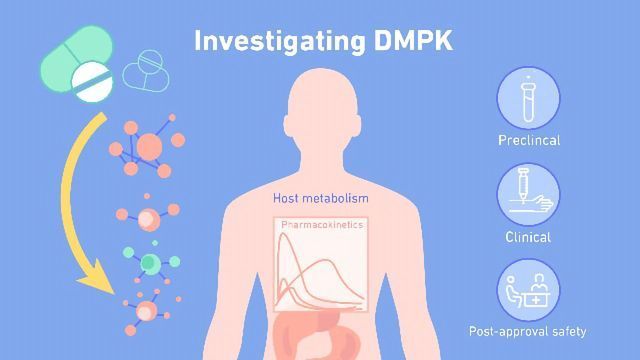During drug discovery and development projects, pilot trials help identify initial developmental conditions for pivotal clinical trials. Especially after preclinical drug development, pilot pharmacokinetic (PK) studies are necessary during first-in-human clinical studies. The US FDA recommends using pilot studies in small study populations before initiating pivotal studies.
Generally, results from pilot studies are not published, and they often don’t have formal methodology guidance. However, it is well-understood that a standardized procedure for pilot studies could ensure that the generated data is reliable for the design and conduct of subsequent pivotal studies. The current article is a comprehensive guide discussing pilot and pivotal pharmacokinetic analysis.
Pilot vs. Pivotal pharmacokinetic assay
A pilot study is a small-scale test to assess the feasibility of bioanalytical methods and procedures for large-scale assessments. Hence, they are crucial in determining the future of a PK study and can provide insights into the study design. PK bioanalysis begins with a pilot study, and only after reliable preliminary data researchers can conduct pivotal studies. Generally, pilot studies can be grouped into four classifications: process, management, resources, and scientific.
- Processes assess the feasibility of assay steps used in large-scale studies.
- Resources deal with issues related to budget and time that may occur in subsequent studies. The basic idea is to evaluate pilot data, such as things required to fill out survey forms.
- Management covers the potential data and human-related problems. These issues may include data and personnel management at study centers.
- Scientific evaluation deals with the safety, efficacy, treatment doses, response variability, and other crucial aspects of a clinical PK bioanalysis.
Drug safety data is only the tip of the iceberg. Pilot studies provide crucial pharmacokinetics and pharmacodynamics drug data. Besides, they also help determine the route and frequency of administration, optimal drug dose, endpoints, and sample size.
Moreover, researchers often identify quantitative points to evaluate whether pilot PK analysis delivered reliable and accurate results -for instance, understanding compliance rate, where patients self-administer the drug of interest. Notably, scientists do not conduct pilot studies to deduct preliminary conclusions or test assay hypotheses about drug safety and efficacy. Pivotal pharmacokinetic studies deliver these conclusions.
For transitioning from Phase II pilot study to Phase III pivotal study, the initial pilot study data must demonstrate the safety and efficacy of an experimental drug in a small target population. These conclusions are then supplemented with pivotal studies where additional goals are added to clinical trials. Drug developers and PK services often employ placebo groups to confirm whether the experimental drug has the desired therapeutic effects in the target study participants.
However, identifying the most suitable path for transitioning from pilot to pivotal studies can be challenging. This need is especially true for small and new drug companies lacking the expertise to make informed decisions. Hence, it is common for sponsors to work with PK services and bioanalytical CROs for designing and executing PK assays. An experienced CRO can efficiently identify loopholes in NDA applications and thus, increase the chances of getting a successful drug approval.
Hence conducting a pilot study before pivotal studies can increase the success rates of clinical trials.


